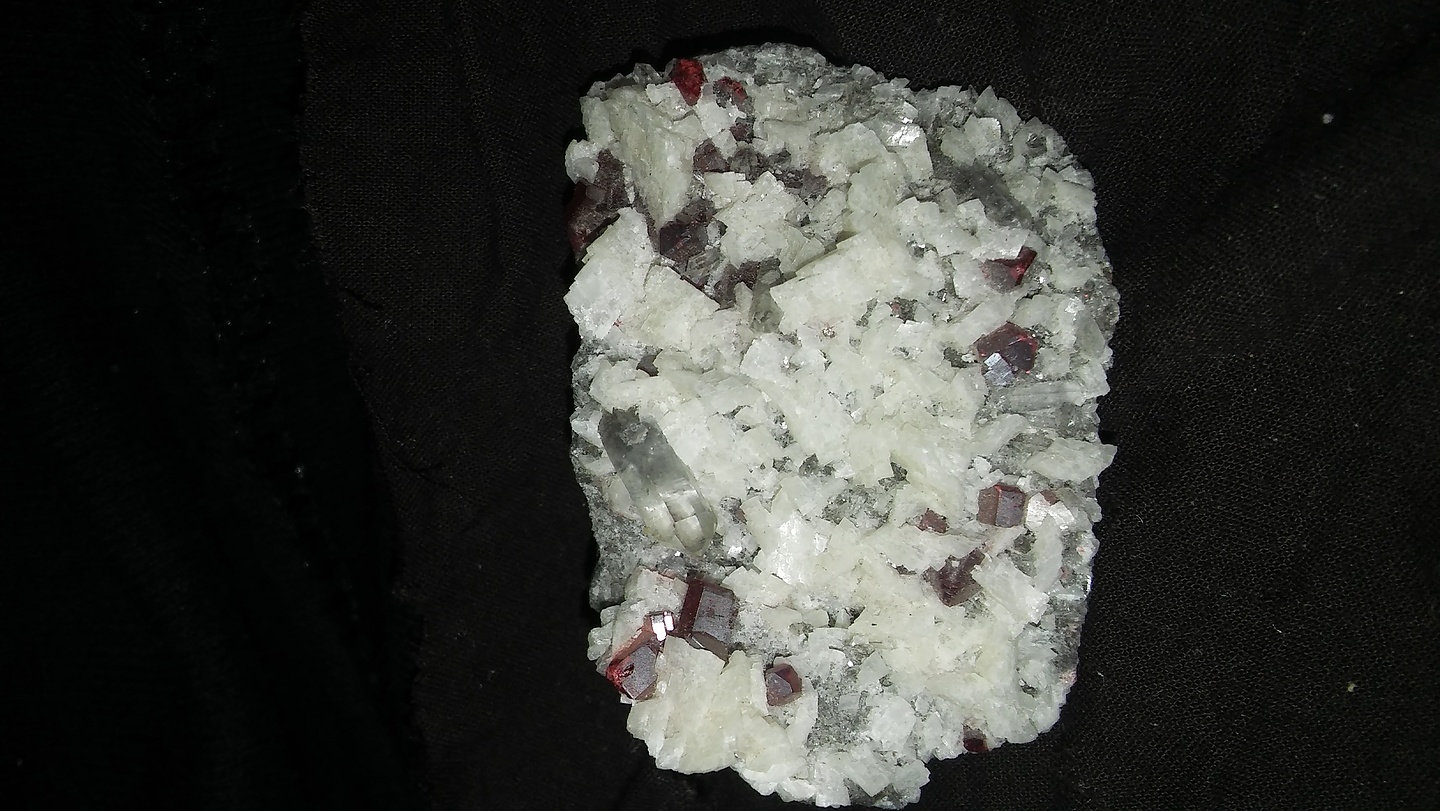Home PageAbout MindatThe Mindat ManualHistory of MindatCopyright StatusWho We AreContact UsAdvertise on Mindat
Donate to MindatCorporate SponsorshipSponsor a PageSponsored PagesMindat AdvertisersAdvertise on Mindat
Learning CenterWhat is a mineral?The most common minerals on earthInformation for EducatorsMindat ArticlesThe ElementsThe Rock H. Currier Digital LibraryGeologic Time
Minerals by PropertiesMinerals by ChemistryAdvanced Locality SearchRandom MineralRandom LocalitySearch by minIDLocalities Near MeSearch ArticlesSearch GlossaryMore Search Options
The Mindat ManualAdd a New PhotoRate PhotosLocality Edit ReportCoordinate Completion ReportAdd Glossary Item
Mining CompaniesStatisticsUsersMineral MuseumsClubs & OrganizationsMineral Shows & EventsThe Mindat DirectoryDevice SettingsThe Mineral Quiz
Photo SearchPhoto GalleriesSearch by ColorNew Photos TodayNew Photos YesterdayMembers' Photo GalleriesPast Photo of the Day GalleryPhotography
╳Discussions
💬 Home🔎 Search📅 LatestGroups
EducationOpen discussion area.Fakes & FraudsOpen discussion area.Field CollectingOpen discussion area.FossilsOpen discussion area.Gems and GemologyOpen discussion area.GeneralOpen discussion area.How to ContributeOpen discussion area.Identity HelpOpen discussion area.Improving Mindat.orgOpen discussion area.LocalitiesOpen discussion area.Lost and Stolen SpecimensOpen discussion area.MarketplaceOpen discussion area.MeteoritesOpen discussion area.Mindat ProductsOpen discussion area.Mineral ExchangesOpen discussion area.Mineral PhotographyOpen discussion area.Mineral ShowsOpen discussion area.Mineralogical ClassificationOpen discussion area.Mineralogy CourseOpen discussion area.MineralsOpen discussion area.Minerals and MuseumsOpen discussion area.PhotosOpen discussion area.Techniques for CollectorsOpen discussion area.The Rock H. Currier Digital LibraryOpen discussion area.UV MineralsOpen discussion area.Recent Images in Discussions
Identity HelpUnknown red specimens

22nd Nov 2016 14:20 UTCSantana Remalia

22nd Nov 2016 14:27 UTCSantana Remalia
Chondrodite and cinnabar maybe?

22nd Nov 2016 16:23 UTCAlan Barnes (2)
Alan

22nd Nov 2016 17:19 UTCSantana Remalia

22nd Nov 2016 17:37 UTCThomas Lühr Expert
The white crystal look more like dolomite to me, rather than calcite, but calcite is also possible.

22nd Nov 2016 18:04 UTCD. Peck
Do you have a short length of copper wire? Will an end scratch a crystal? If it does, the mineral is softer than about 3.5, as is cinnabar (2 to 2.5).
You could drop one or two drops of vinegar on the white mineral. If it is calcite it will fizz. Dolomite will not. Dolomite crystal faces are often slightly curved while calcite are always, I think, flat.
There is a nice quartz crystal in there, too. (right side of second photo)

22nd Nov 2016 22:20 UTCEd Clopton 🌟 Expert
22nd Nov 2016 22:38 UTCReiner Mielke Expert
24th Nov 2016 13:48 UTCPeter Slootweg 🌟
The second photo is a Chinese cinnaber on dolomite matrix, no doubt about it. I could not see the third photo. I hope this helps.
Peter

24th Nov 2016 14:07 UTCWayne Corwin
Right click on third photo and choose .. "Show Picture" ;-) usually works for me.




Mindat.org is an outreach project of the Hudson Institute of Mineralogy, a 501(c)(3) not-for-profit organization.
Copyright © mindat.org and the Hudson Institute of Mineralogy 1993-2024, except where stated. Most political location boundaries are © OpenStreetMap contributors. Mindat.org relies on the contributions of thousands of members and supporters. Founded in 2000 by Jolyon Ralph.
Privacy Policy - Terms & Conditions - Contact Us / DMCA issues - Report a bug/vulnerability Current server date and time: April 20, 2024 02:43:25
Copyright © mindat.org and the Hudson Institute of Mineralogy 1993-2024, except where stated. Most political location boundaries are © OpenStreetMap contributors. Mindat.org relies on the contributions of thousands of members and supporters. Founded in 2000 by Jolyon Ralph.
Privacy Policy - Terms & Conditions - Contact Us / DMCA issues - Report a bug/vulnerability Current server date and time: April 20, 2024 02:43:25














